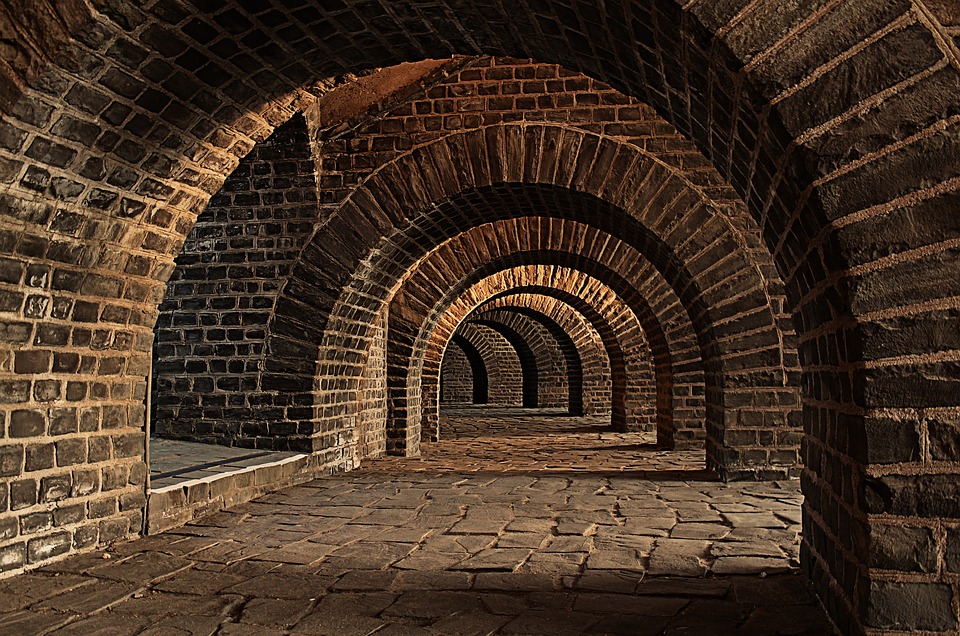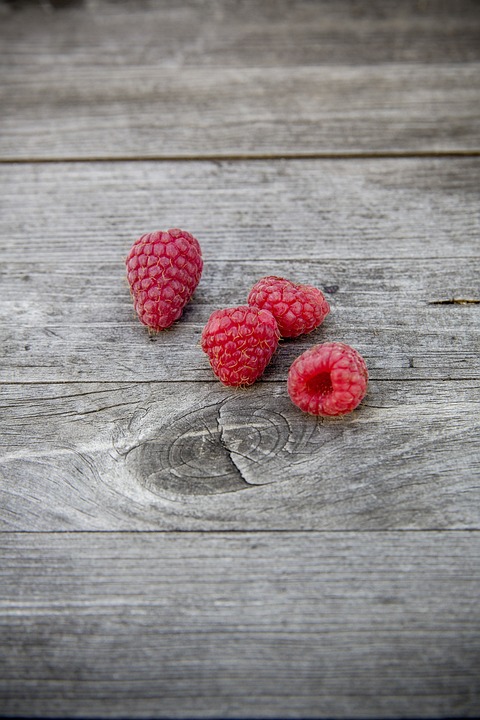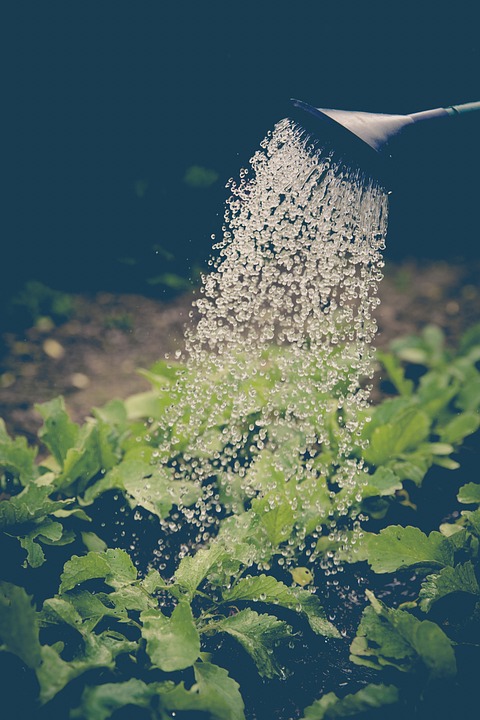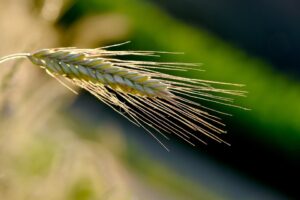The History of Rye Cultivation
Rye is one of the oldest cultivated grains in the world, with its origins dating back to ancient Mesopotamia. It was a staple crop for many civilizations throughout history, including the Egyptians, Greeks, and Romans. Rye was favored for its ability to thrive in poor soil conditions and its resistance to harsh climates.
In medieval Europe, rye became even more important as a food source for the common people. It was used to make bread, porridge, and even beer. Rye was typically grown in cooler climates where other grains struggled to grow, making it a valuable crop for northern Europe.
Rye Cultivation Practices
Rye is a hardy crop that requires minimal inputs compared to other grains. It is known for its ability to grow in poor soil conditions and its resistance to disease and pests. Rye is typically planted in the fall and harvested in the spring or early summer.
One of the key benefits of rye cultivation is its ability to improve soil health. Rye has deep roots that help break up compacted soil and improve water infiltration. It also adds organic matter to the soil as it decomposes, which can help improve soil structure and fertility.
Rye is often used as a cover crop in sustainable farming practices. Cover crops are planted between cash crops to prevent erosion, suppress weeds, and improve soil health. Rye is particularly effective as a cover crop because of its rapid growth and ability to outcompete weeds.
Rye as a Sustainable Crop
Rye is considered a sustainable crop for a number of reasons. One of the key benefits of rye cultivation is its ability to improve soil health. Rye has deep roots that help break up compacted soil and improve water infiltration. It also adds organic matter to the soil as it decomposes, which can help improve soil structure and fertility. This can reduce the need for synthetic fertilizers and pesticides, which can have harmful environmental impacts.
Rye cultivation also helps reduce erosion and nutrient runoff. Rye is typically grown as a cover crop, which helps protect soil from erosion and water runoff. It also helps reduce the leaching of nutrients into waterways, which can cause pollution and harm aquatic ecosystems.
Another benefit of rye cultivation is its ability to sequester carbon. Rye is a grass crop, and like other grasses, it has the ability to capture and store carbon dioxide from the atmosphere in its roots and soil. This can help mitigate climate change by reducing greenhouse gas emissions.
In addition to its environmental benefits, rye cultivation can also have economic benefits for farmers. Rye is a versatile crop that can be used for food, feed, and even biofuel production. It can be grown in rotation with other crops to help increase yields and reduce input costs.
Overall, rye is a sustainable crop that can play an important role in a more sustainable agriculture system. Its ability to improve soil health, reduce erosion and nutrient runoff, and sequester carbon make it an attractive option for farmers looking to reduce their environmental impact.
Conclusion
Rye has a long history as a staple crop for many civilizations throughout history. Its ability to thrive in poor soil conditions and harsh climates has made it a valuable crop for northern Europe and other regions around the world. Rye cultivation practices have evolved over the centuries, but its reputation as a sustainable crop has remained consistent.
Rye cultivation can improve soil health, reduce erosion and nutrient runoff, and sequester carbon, making it an attractive option for sustainable farming practices. Its economic benefits for farmers, as well as its environmental benefits, make it a valuable crop for a more sustainable agriculture system.
As we look to the future of agriculture, rye will continue to play a role in promoting sustainability and resilience in our food systems. Its long history and proven benefits make it a crop worth considering for farmers looking to reduce their environmental impact and build a more sustainable future.





